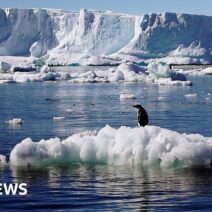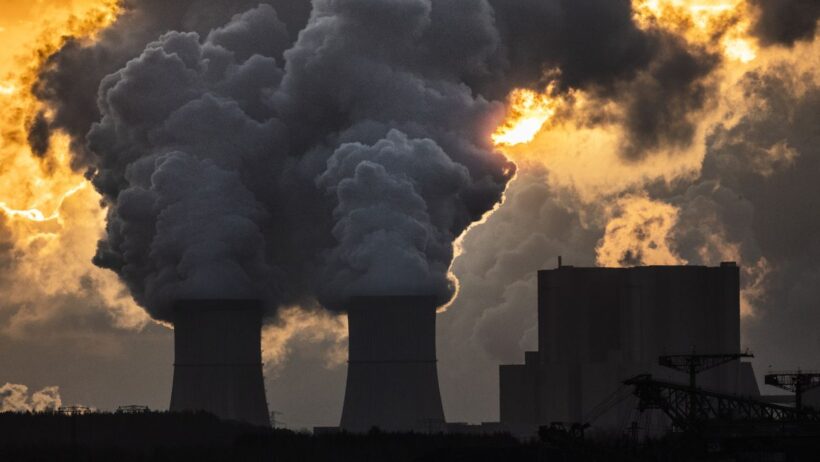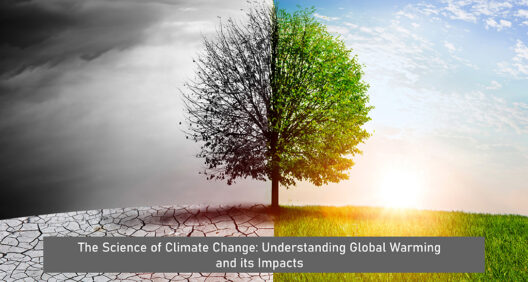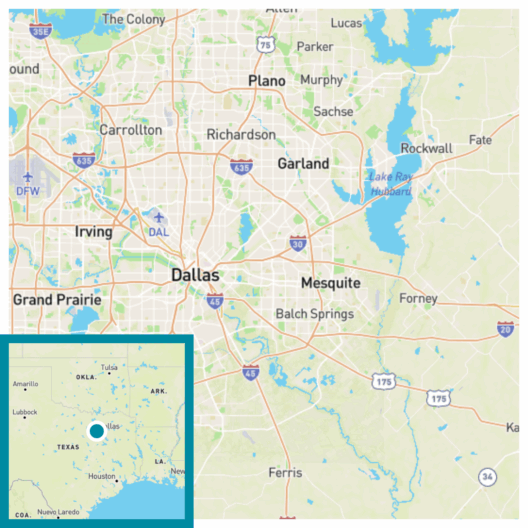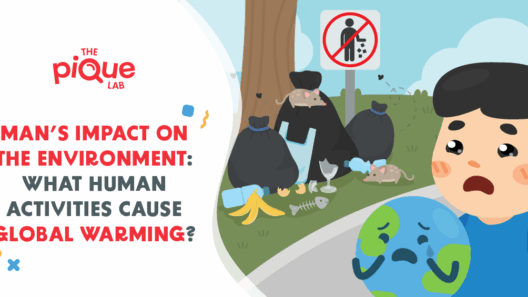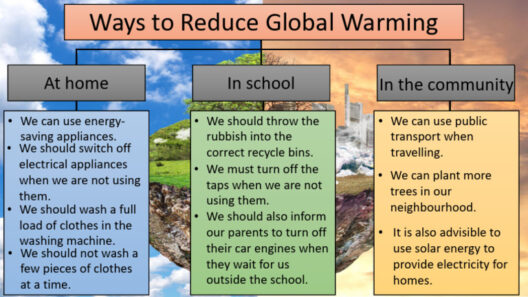In an era where climate change is at the forefront of global discussions, it becomes imperative to understand how human activities contribute to global warming. The planet is changing, and the factors driving these changes originate predominantly from our relentless pursuit of progress and development. From industrialization to land use alteration, the human footprint is impressively vast, and its ramifications are severely detrimental.
One of the most significant contributors to global warming is the emission of greenhouse gases (GHGs). These gases trap heat in the atmosphere, leading to a gradual and insidious rise in temperatures. The primary culprits include carbon dioxide (CO2), methane (CH4), and nitrous oxide (N2O). Unlike the innocuous clouds we see in the sky, these invisible agents of warmth are primarily the result of industrial activities, automobile usage, and agricultural practices. The burning of fossil fuels for energy remains the leading source of CO2 emissions, responsible for a staggering proportion of the anthropogenic GHG output.
In addition to fossil fuel combustion, deforestation emerges as a pernicious player in the climate crisis. Trees act as carbon sinks; they absorb CO2 during photosynthesis. However, widespread logging and land clearing for agriculture disrupt this natural process. When forests are decimated, we lose vital ecosystems, biodiversity falters, and the carbon stored in trees is released back into the atmosphere, compounding the effects of global warming. The Amazon Rainforest, often dubbed the “lungs of the Earth,” exemplifies this catastrophic cycle, facing deforestation at an alarming rate.
Agricultural practices, also noteworthy, are significant contributors to greenhouse gas emissions. Livestock farming—a sector that has burgeoned due to increasing meat consumption—produces remarkable amounts of methane. Fermentation during digestion in ruminant animals results in methane emissions that are over 25 times more potent than CO2 over a 100-year period. Furthermore, the use of synthetic fertilizers introduces nitrous oxide into the atmosphere, another GHG with a substantial warming potential. These practices exemplify the paradox of modern agriculture, which seeks to feed a growing population while simultaneously contributing to ecological grievances.
Urbanization exacerbates these challenges in multifaceted ways. As cities burgeon, they create heat islands—areas that experience significantly warmer temperatures than their rural counterparts due to human activities. The extensive use of concrete, asphalt, and buildings traps heat, makes energy demands soar, and increases air conditioning usage. This urban heat phenomenon intertwines with increased emissions from transportation and industrial complexes, creating a feedback loop that continuously amplifies global warming effects.
The consequences of our collective footprint are already being felt across the globe in increasingly severe weather patterns. Climate scientists agree that rising temperatures have led to more frequent and severe heatwaves, storms, floods, and droughts. These climatic extremes pose unprecedented challenges to agriculture, infrastructure, and human health. The reality is that the most vulnerable populations often bear the brunt of these extremes, exacerbating social inequities and leading to dire humanitarian crises.
Moreover, rising sea levels—largely a byproduct of melting ice caps and glaciers—evince the tangible consequences of our actions. Coastal communities face existential threats. Habitats for diverse marine and terrestrial species are at risk of annihilation, leading to biodiversity loss that may never be recoverable. The delicate balance of our planet’s ecosystems is hanging in the balance as human encroachment continues to disturb natural habitats.
In light of these sobering insights, it becomes essential to explore viable solutions to mitigate our impact on the climate. Transitioning to renewable energy sources—such as solar, wind, and hydroelectric power—is crucial. These alternatives not only reduce fossil fuel dependence but also dramatically lower GHG emissions. The advent of technology and innovation can play a pivotal role in shaping our future, with carbon capture and storage technologies gaining momentum in combating existing emissions.
Additionally, sustainable agricultural practices must replace traditional approaches. By employing methods such as crop rotation, agroforestry, and the use of organic fertilizers, we can reduce the agricultural sector’s footprint on the climate. Integrating climate-smart practices will ensure we can meet food security needs while nurturing the planet’s ecosystems.
Reforestation and afforestation initiatives also hold promise in reversing some effects of our past actions. Planting trees not only absorbs CO2 but also revitalizes ecosystems, preserves biodiversity, and enhances soil quality. Protecting existing forests is equally critical—a concerted effort to combat illegal logging and promote sustainable forest management can maintain these vital resources.
Community engagement and education must form the bedrock of efforts to combat climate change. Raising awareness about the impacts of individual behaviors, from energy consumption to waste generation, can catalyze local and global movements for sustainable change. When individuals are equipped with knowledge, collective action can drive substantial policy reforms.
Ultimately, understanding that our footprint directly influences our future is essential. The convergence of science, policy, and grassroots activism can mount a formidable challenge to the status quo. Only through a collective recommitment to sustainable practices and an acknowledgment of the perils of unchecked human activity can we foster a more harmonious relationship with our planet and ensure a livable future for generations to come.

